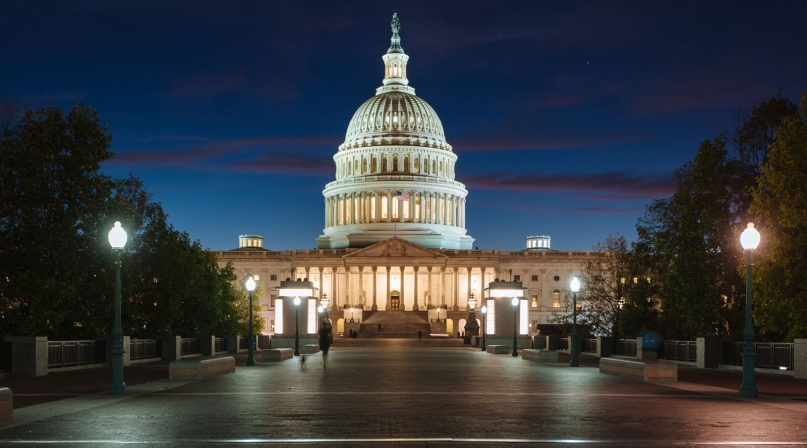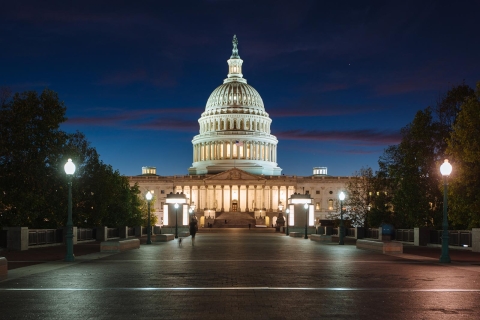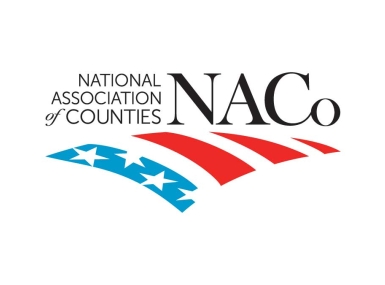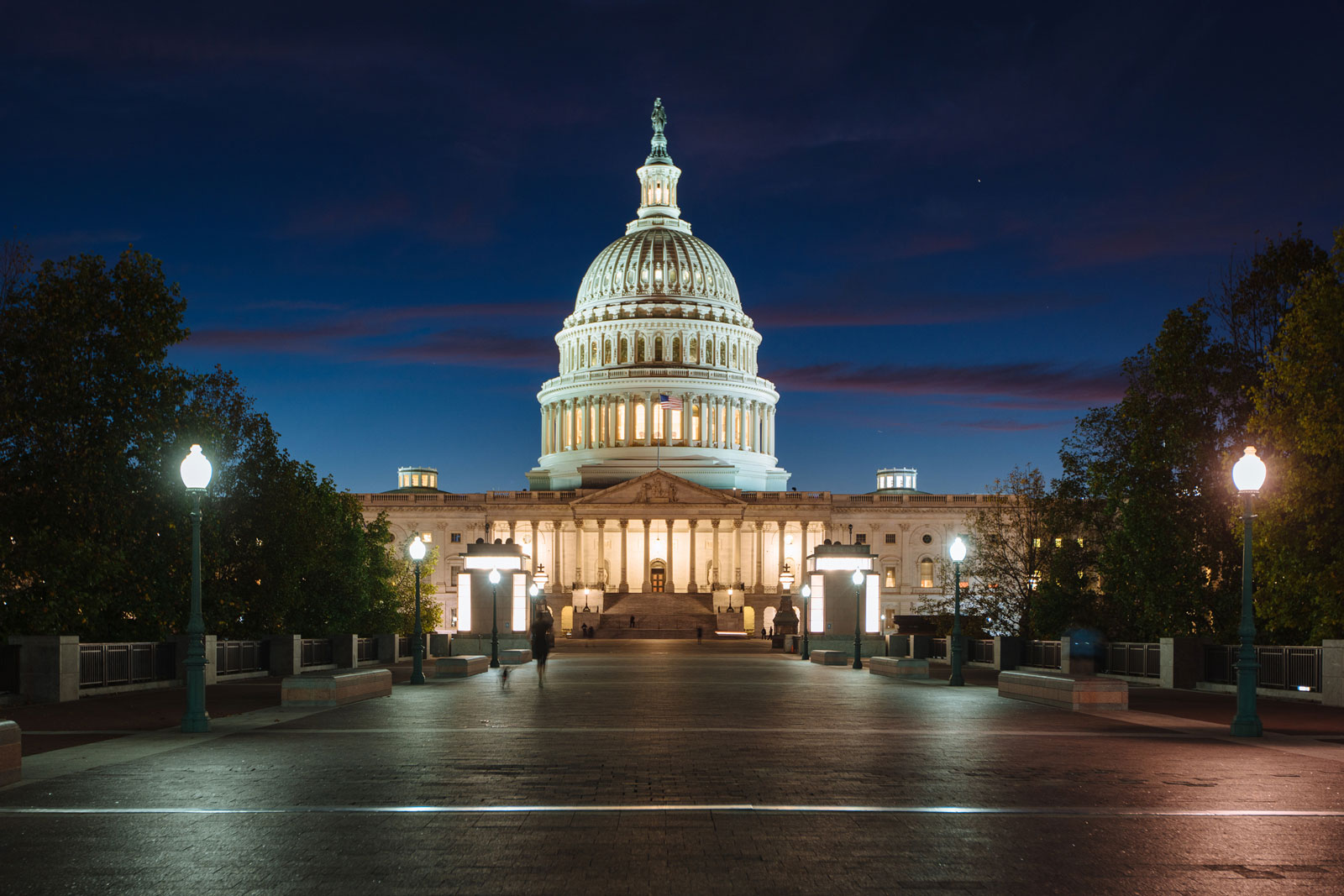FY 2019 spending complete as president signs omnibus funding bill

Key Takeaways
On February 15, President Trump signed into law (H.J.Res.31), a 1,165-page, $333 billion spending package for FY 2019. The omnibus package includes appropriations bills for the following seven agencies: U.S. Departments of Agriculture, Commerce, Housing and Urban Development, Interior, Justice, State and Transportation.
The president’s approval of the legislation averts another partial government shutdown and follows the September 2018 passage of five other appropriations bills totaling $991 billion in FY 2019 appropriations. Combined with the spending measure signed on February 15, the $1.324 trillion in appropriations for FY 2019 tops the $1.3 trillion contained in the FY 2018 omnibus bill.
The FY 2019 spending package features major victories for county governments across dozens of federal programs. The legislation encompasses several key wins for counties, including:
- Opioid epidemic response: H.J. Res. 31 makes continued investments in key justice and public safety programs that help counties address the nation’s ongoing opioid epidemic.
- Payments in Lieu of Taxes (PILT): The FY 2019 appropriations bill fully funds the Payments in Lieu of Taxes (PILT) program, a majority priority for NACo and a critical source of support for public lands counties.
- State Criminal Alien Assistance Program (SCAAP): The State Criminal Alien Assistance Program (SCAAP) receives a funding increase, helping states and counties recoup costs for incarcerating undocumented immigrants in local jails.
- Rural broadband: The FY 2019 omnibus package makes new investments in rural infrastructure and pilots a program to build out broadband systems in rural areas.
- Homeless assistance and economic development funding sustained: Essential federal funding streams counties use for economic development and housing assistance remain robust, including funding for the Community Development Block Grant (CDBG) and homeless assistance grants.
Not all programs supported by counties will see a boost in funding. Overall funding for the U.S. Department of Transportation, for example, is reduced compared to FY 2018 levels. However, FY 2018 benefited from a large, one-time investment as an initial down-payment by Congress and the administration towards comprehensive infrastructure legislation. While some infrastructure programs important to counties, such as the Airport Improvement Program, will see reductions from FY 2018 spending levels, appropriations for these programs remain above the funding levels set in FY 2017 and prior fiscal years.
A full analysis of the omnibus package is forthcoming, and NACo will continue to advocate for county priorities in the FY 2020 appropriations process.

Attachments
Related News

County Countdown – Dec. 15, 2025
Every other week, NACo's County Countdown reviews top federal policy advocacy items with an eye towards counties and the intergovernmental partnership.

County Countdown – Dec. 1, 2025
Every other week, NACo's County Countdown reviews top federal policy advocacy items with an eye towards counties and the intergovernmental partnership.

Counties Celebrate Key Permitting Inclusions in SPEED Act
NACo issued the following statement in response to the passage of the Standardizing Permitting and Expediting Economic Development (SPEED) Act (H.R. 4776), which advanced out of the U.S. House Committee on Natural Resources on November 20.

